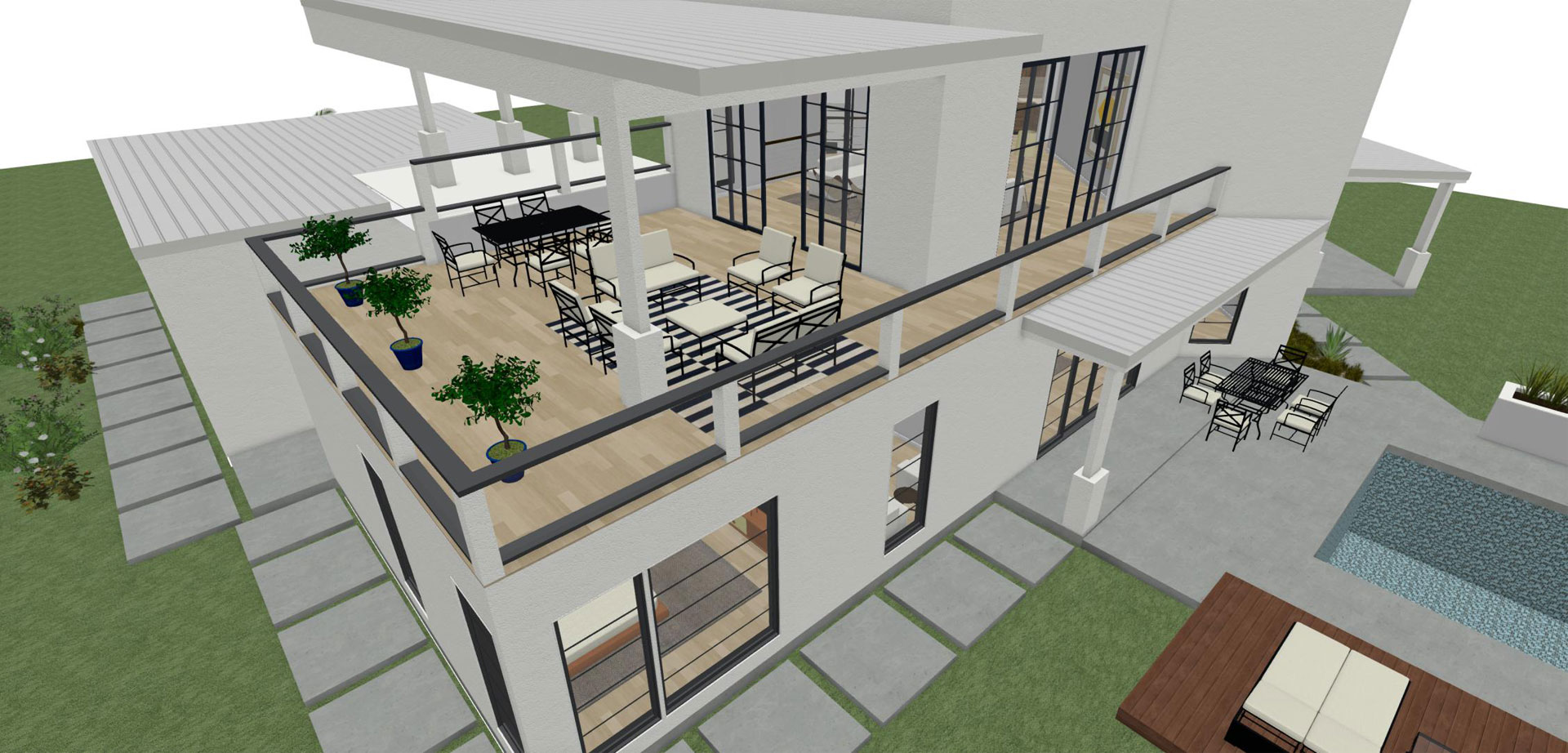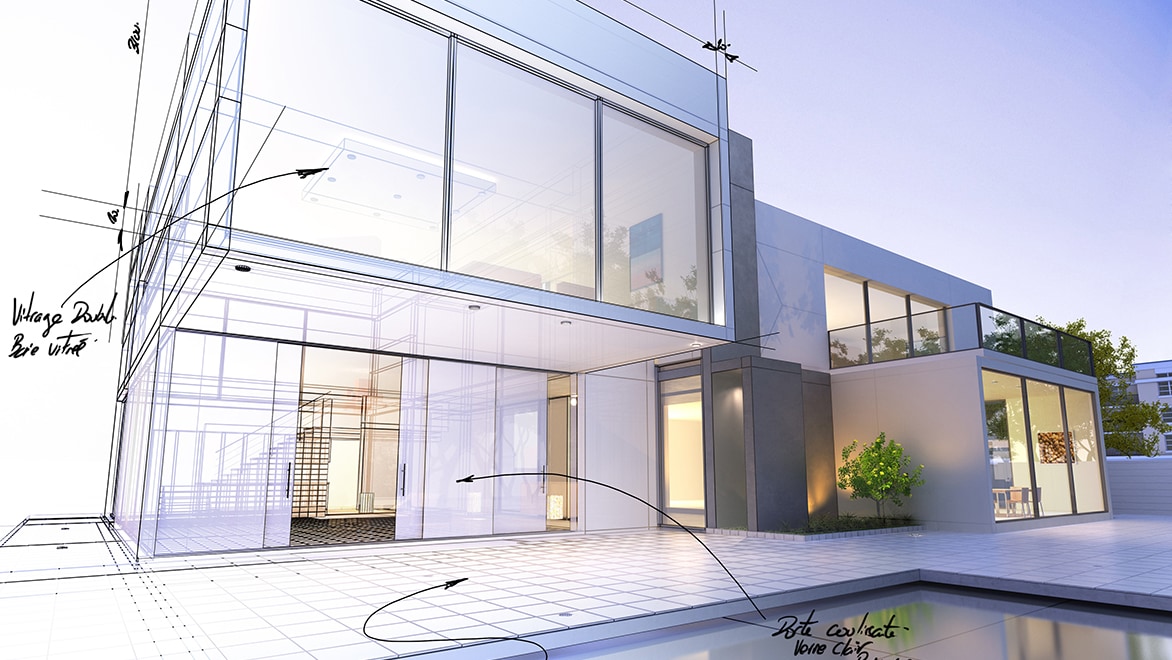The Necessary Function of an Engineer in Shaping Sustainable Urban Atmospheres for Future Generations
The role of an engineer in crafting sustainable metropolitan environments is progressively pivotal in replying to the challenges of climate change and urbanization. By perfectly incorporating eco-friendly principles right into their styles, designers not only enhance the aesthetic and functional top quality of urban rooms but also address pressing concerns such as energy performance and social equity. Their expertise in innovative products and community interaction forms growths that reverberate with local worths and desires. As we check out the complexities of this field further, it becomes apparent that the future of metropolitan living might pivot on the actual practices engineers utilize today.
Comprehending Lasting Urban Style
Sustainable metropolitan layout integrates eco-friendly concepts with urban planning to develop environments that are not only habitable but likewise durable. This technique stresses the value of including natural systems right into the metropolitan material, guaranteeing that development satisfies the requirements of the existing without jeopardizing the capacity of future generations to meet their very own demands. Key elements of lasting city style consist of effective land use, the promo of biodiversity, and the assimilation of environment-friendly spaces, all of which add to boosted lifestyle for residents.
In addition, lasting metropolitan design prioritizes the reduction of the urban warmth island impact, enhanced air high quality, and reliable stormwater monitoring. It urges using renewable energies and energy-efficient building practices, which considerably reduced carbon footprints. Additionally, sustainable city design promotes social equity by creating obtainable public rooms and promoting mixed-use advancements that deal with diverse populations.
Through thoughtful planning and ingenious design strategies, sustainable metropolitan environments can enhance neighborhood durability against environment adjustment while cultivating financial development. This alternative technique not only addresses immediate urban challenges however also prepares for much healthier, much more lasting cities for generations to come.
Key Responsibilities of Designers
Designers play a pivotal function fit sustainable metropolitan environments by translating style principles right into concrete structures and spaces. Their obligations include a wide variety of tasks that add to the general success of city layout projects.
Most importantly, architects carry out thorough site analyses to understand the environmental, social, and social context of their tasks. This foundational knowledge notifies their style choices, guaranteeing that structures harmonize with their environments. They additionally take part in collective procedures with stakeholders, consisting of city coordinators, engineers, and the community, fostering a comprehensive method to urban advancement.
Additionally, engineers are entrusted with developing designs that enhance power effectiveness, resource preservation, and functionality. They have to comply with neighborhood zoning regulations, developing codes, and sustainability qualifications, making sure conformity while pushing the boundaries of technology.

Cutting-edge Materials and Techniques
In the search of ecologically accountable design, cutting-edge materials and strategies have arised as important aspects in the creation of sustainable urban settings. Architects are progressively using materials that lessen environmental influence while improving power performance. For example, recycled products, such as reclaimed wood and repurposed metals, not only minimize waste however likewise add one-of-a-kind aesthetic high qualities to structures.
Furthermore, developments in technology have brought about the development of high-performance materials, such as protected concrete forms (ICFs) and solar glass, which contribute to power preservation and harness renewable resource. Techniques such as easy solar style and eco-friendly roofs further exhibit how architecture can integrate with natural systems, reducing dependence on man-made cooling and heating.
Additionally, the integration of clever materials, which adapt to environmental modifications, provides encouraging avenues for boosting structure efficiency - cda architects. These products can react to temperature fluctuations or moisture levels, optimizing comfort and sustainability
Ultimately, the strategic selection and application of innovative materials and techniques encourage engineers to develop urban areas that are not only functional and visually pleasing however likewise durable and eco responsible, ensuring a sustainable future for generations to come.
Neighborhood Engagement and Collaboration
The success of innovative products and techniques in sustainable urban architecture is significantly boosted by energetic neighborhood interaction and partnership. Engineers should identify that the built atmosphere greatly affects the lives of regional homeowners, making it imperative to include them in the layout process. Engaging the community promotes a feeling of ownership and accountability, guaranteeing that advancements not just fulfill visual and functional needs however also mirror the worths and ambitions of those that inhabit them.

Successful area engagement also helps in prioritizing social equity within metropolitan development. By considering the voices of marginalized populations, architects can produce areas that are comprehensive and fair. By doing this, neighborhood interaction and collaboration become indispensable to accomplishing truly lasting urban atmospheres that offer the needs of present and future generations.
Future Trends in Sustainable Style

Furthermore, improvements in modern technology are shaping future fads in lasting architecture. The assimilation of wise materials and structure systems permits for real-time power monitoring, improving efficiency and decreasing carbon footprints. Innovations such as environment-friendly roof coverings, living walls, and energy-generating facades are ending up being common techniques, further promoting eco-friendly balance within metropolitan environments.
In addition, a change in the direction of biophilic layout is obtaining traction, emphasizing the connection between nature and human wellness. By integrating natural aspects, engineers produce areas that cultivate mental wellness while promoting biodiversity.
Conclusion
To conclude, designers are essential ahead of time sustainable metropolitan settings with their know-how more tips here in layout, innovative materials, and neighborhood involvement. By prioritizing energy effectiveness and resource conservation, these specialists add to the development of resilient city spaces that meet the needs of present and future generations - cda architects. The integration of ecological concepts not only improves livability however also cultivates social equity, making certain advancements reverberate with the worths and desires of the communities they serve